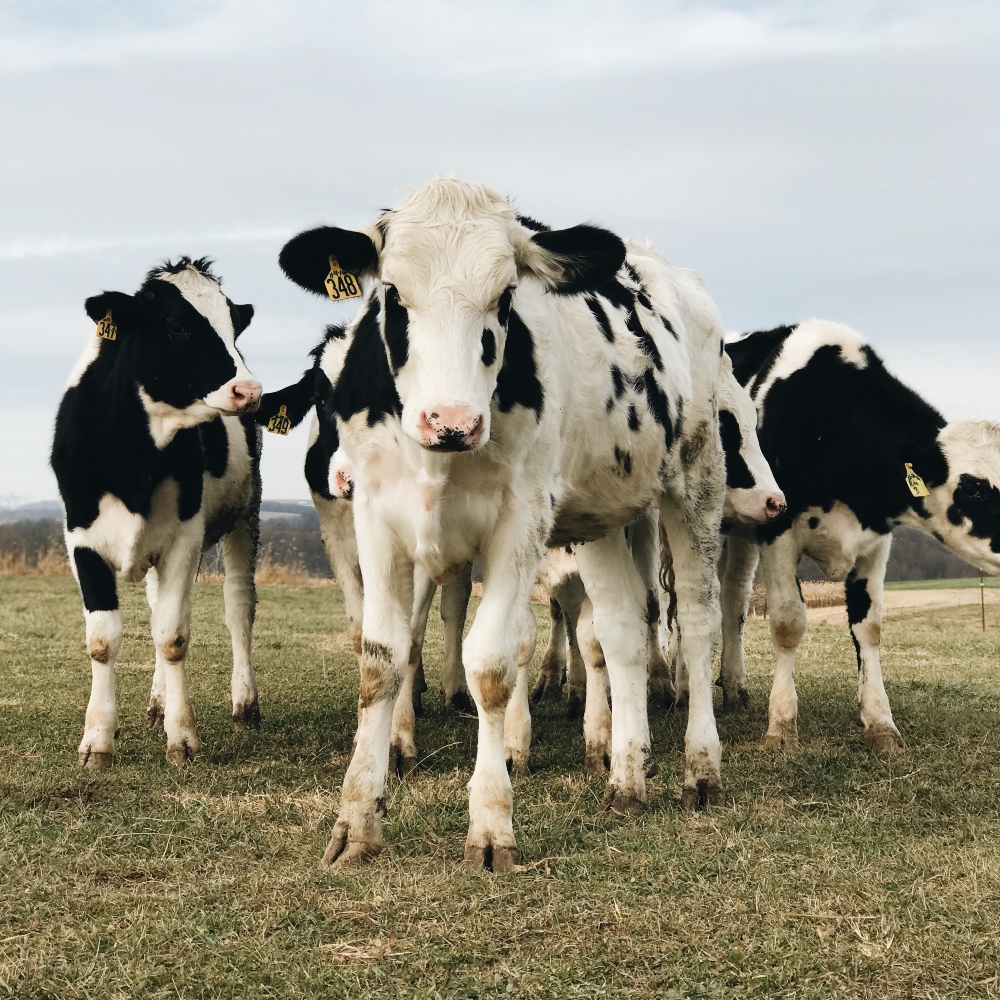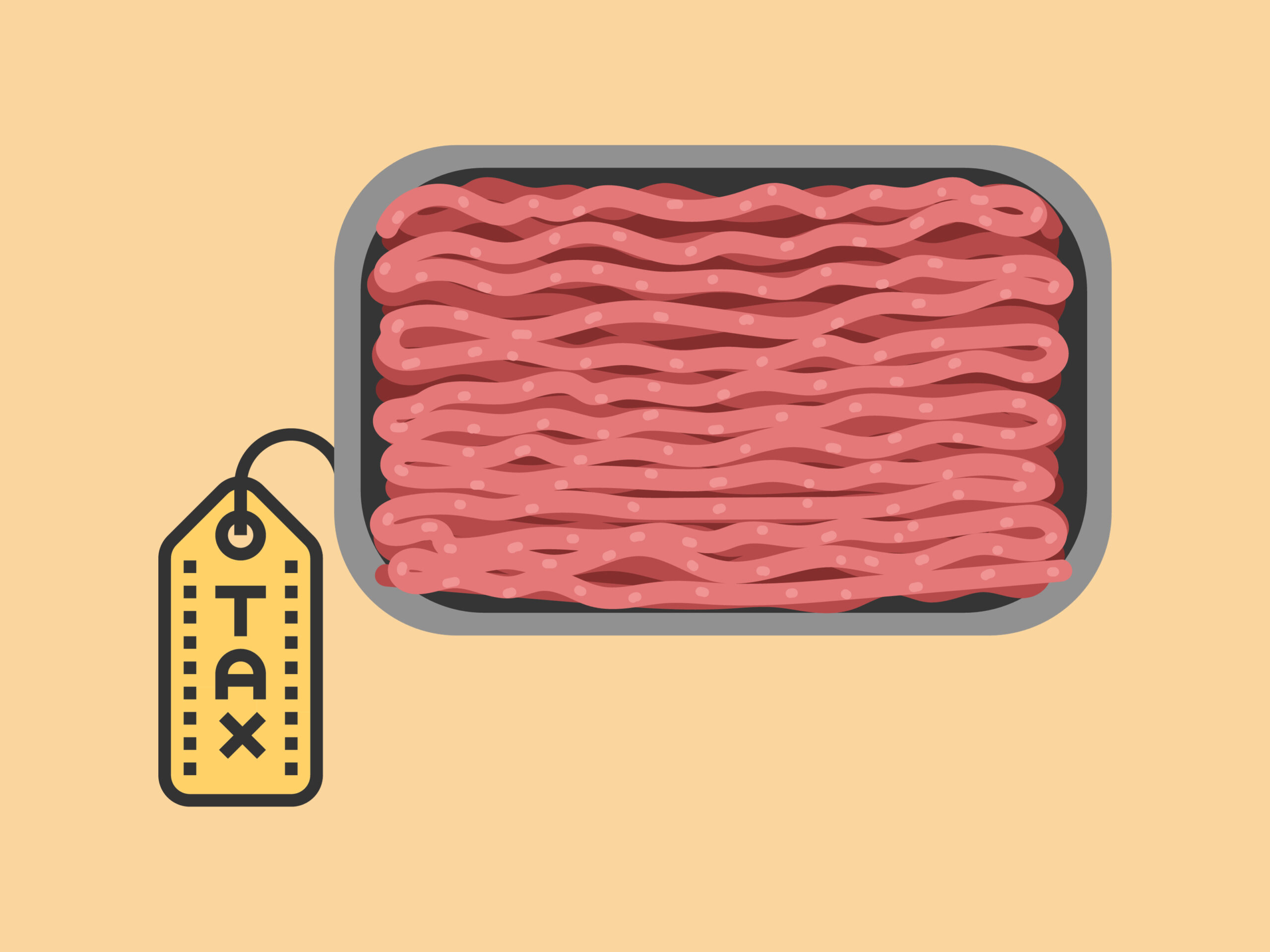How to Design a Meat Tax That Benefits Everyone, Even Low-Income Families
6 Mins Read
As governments and stakeholders discuss potential meat taxes to reduce animal consumption and help mitigate the effects of climate change, one major argument against these levies is that they would unfairly overburden lower-income households. A new study shows this does not have to be the case.
The UK is in the middle of its latest political hullabaloo, with Prime Minister Rishi Sunak announcing he’s scrapping meat taxes that were never policy in the first place. It comes a few weeks after Sunak U-turned on the country’s climate commitments, pushing back the deadline to ban diesel and petrol cars. He says he wants to continue to stick to the UK’s 2050 net-zero goal in a more “pragmatic” and “realistic” way but hasn’t outlined how to do so.
Amid all this noise, researchers from the Potsdam Institute for Climate Impact Research’s (PIK) FutureLab and the EU Commission’s Joint Research Centre have debunked the theory that meat taxes always harm low-income populations. The study, published in the Nature Food journal, examined how these taxes can be designed and their revenues be distributed to ease the impact.
Redistributing meat tax revenue

The study conducted microsimulations with Europe-wide household expenditure data to compare the various options a meat tax could be designed with. It notes that policymakers are faced with three essential design choices, concerning whether taxes should be ad valorem (based on transaction value) or based on product units, to what extent rates can be differentiated based on environmental impact, and how the tax revenues could be used.
“The most decisive question for lowering the burden on low-income households is how the revenues from meat taxation are being used,” says PIK’s Franziska Funke, a co-author of the study. Channelling the revenue back to consumers as monthly or annual transfers – akin to paying climate dividends from the proceeds from taxes on carbon emissions – can reverse the impact of distribution and benefit low-income consumers on average.
The study notes that wealthier households spend more on meat in absolute terms, so they contribute more to the common pot of revenues that are equally shared by everyone. This would mean people on lower incomes would have more money than pre-tax.
And while lowering the VAT on fruits and vegetables – which is under consideration in a few European countries – will have a progressive effect (affecting the wealthy more) and lessen the burden on low-income households, it won’t reverse the regressive impact (where tax burden increases on low-income consumers) completely. This is why redistribution of meat tax revenue is necessary – without recycling this sum, the impact will be regressive across all the designs analysed.
Redirecting animal agriculture subsidies

There were considerable differences between different tax models, like raising the VAT on meat or adjusting tax rates for various types of meat (based on their emissions contributions). For example, regressivity reduces when differentiating taxes based on the average carbon intensity of meat types, dropping by two-thirds when moving from unit taxation to ad valorem.
In fact, Funke says meat tax rates set at levels similar to carbon pricing in the British power sector will have a very small effect per person, leading to less than £10 of additional monthly spending on average. The authors stress that while distribution is important, it’s a small aspect when considering overall food policies, calling for complementary measures to ensure a smooth transition towards a more sustainable food system.
One of these could be redirecting subsidies to the animal agriculture sector – something a coalition of five EU organisations is calling for. A study published earlier this year found that the livestock farming industry received 1,200 times more funding in the EU than plant-based food producers between 2014-20, with 97% of all research and innovation spending going to animal farmers. Additionally, cattle farmers received at least 50% of their income through direct subsidies.
“In the end, price interventions on meat and other emissions-intensive foods will likely be needed to meet environmental targets in the food sector. Improving the distributional fairness when designing meat taxes can be crucial for garnering sufficient support for such policies,” says Funke.
This new study does have some caveats attached to it. It did not include substitution effects across meat types but added that it may “hamper the overall reduction in meat demand in response to a meat tax” anyway. The authors also point out that while a “100% tax incidence on consumers is a reasonably conservative assumption” when assessing the effects of revenue distribution, it won’t hold up to reality.
And finally, demographic inequalities and general equilibrium effects of meat taxation are promising areas for future research. For example, a tax-induced shift towards less greenhouse-gas-intensive meat production like cultivated meat could influence the overall distributional outcome.
Cultivated proteins and meat tax in the UK

It’s a particularly relevant point to make as the UK is set to fast-track the regulatory approval of cultured meat, which is fitting given that at least 23 British companies are working in this sector, which received more private funding last year than the rest of Europe combined.
And since 2012, UK Research and Innovation has invested at least £43M in sustainable protein R&D, nearly two-thirds of which has been since last year. In April, meanwhile, the government made its largest investment ever in alt-protein, with a £12M grant for a research centre analysing how to scale up cultivated meat production.
A recent report by alt-protein think tank the Good Food Institute Europe found that the UK needs to invest £390M in alternative proteins between 2025 and 2030 to avoid losing momentum to other countries and reduce the risk of startups moving overseas due to regulatory uncertainties.
It chimes with another meat tax report published in the Plos Climate journal. Its co-author Linus Mattauch cites the examples of other countries to showcase how, despite all the shenanigans, it isn’t politically impossible to introduce a meat tax in the UK. He points to New Zealand’s decision to price animal agriculture emissions from 2025, which is effectively a tax that will increase the price of meat.
Mattauch says how policies are packaged is key, with one survey showing that financing higher animal welfare standards and phasing out subsidies for climate-harming agricultural practices could swing consumer opinion on price interventions on meat.
Countries like Germany, whose population is big on animal welfare, have followed this strategy, with a government commission recommending a uniform tax on meat whose proceeds would go to elevating livestock rearing standards. In fact, research has shown that animal welfare would be a stronger justification for a meat tax than climate change for Germans.
“To make the cuts to meat consumption required for better public health, greater animal welfare and a stable climate, taxing meat in some form is inevitable,” Funke and Mattauch write. “To make such a measure more palatable, a winning formula would deliver on public demand for higher animal welfare standards, redistribute the revenue to benefit low-income consumers and shift farming subsidies towards fruit and vegetables.”



